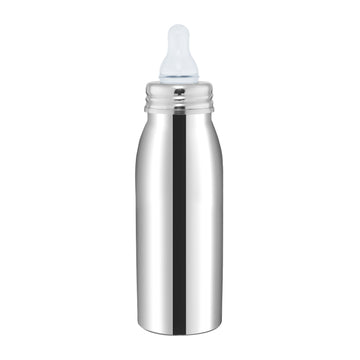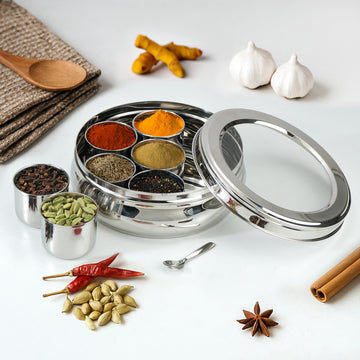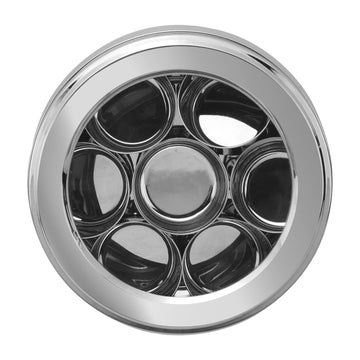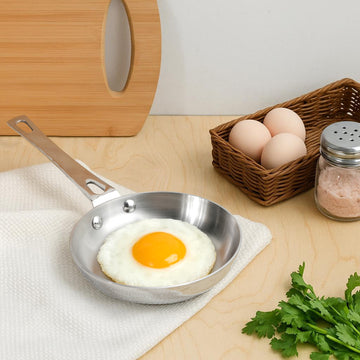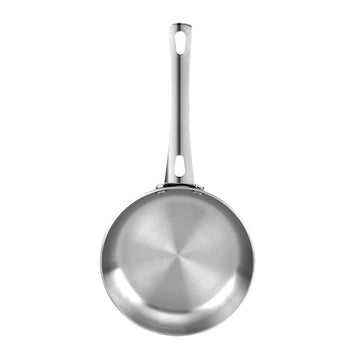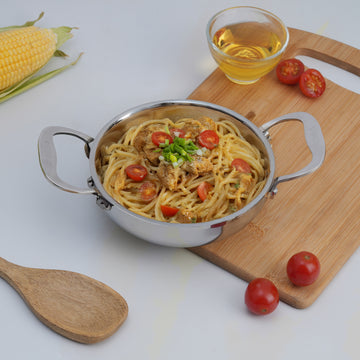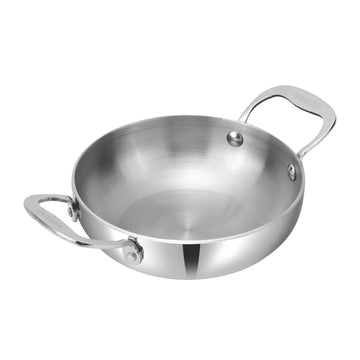Make Authentic Appam with the Best Appam Tawa

Appams are fluffy cloud-like balls made from fermented rice batter. Their crispy brown exterior and pillowy texter in the centre, make them one of the most beloved breakfast dishes. Not only are they nutritious, but they are also quite easy to make. While you may love gorging on hot appams, but here’s how to make authentic appams with the best appam tawa.
Have you seen an appam tawa? Well, appam tawas are called Paniyarakkal. The shape and design of an appam tawa or Paniyarakkal is specifically structured to make soft, fluffy rice balls. Appam tawas have several concave depressions/pits on their surface. These depressions help create the unique texture of appams – crips on the outside, pillowy in the inside. These depressions are where the rice batter is poured to make appams.
Now, onto the main part. Here’s how to make authentic appams with the best appam tawa –
Prepare the rice batter: The secret to making soft cottony appams lies in fermenting the batter. Soak some urad dal and rice for 6 hours. Then blend the soaked rice with coconut and sugar into a fine paste in a blender. In a small bowl, pour some dry yeast in a warm water, then add the yeast to the rice batter. Let the rice batter ferment overnight. Once the fermentation process is over, add salt to taste.
Heat your favourite appam tawa: Take the appam tawa and heat it over medium flame. Using a brush or paper towel, grease each depression/pit on the appam tawa with some oil or ghee.
Pour the batter: With a ladle, pour the fermented rice batter into the concave depressions. Fill each depression with the rice batter and cover the appam tawa with a lid. This will help trap the heat and steam the rice batter. Allow the appams to cook for 5 minutes.
Flip the appams: With a pointed stick or a skewer, flip the appams to cook the other side. Ensure each side is cooked until they are crisp and golden brown. Once cooked, transfer each appam to a serving plate or a bowl with the help of a skewer. Serve it with coconut chutney or sauce.
Repeat the process: You can repeat the process to cook more appams with the remaining batter. Ensure to grease the depressions or concave pits each time with oil or ghee. Do not forget to adjust the heat to prevent overcooking or undercooking the appams.
Which appam tawa is best for you?
Appam tawas are generally made from cast iron or non-stick coatings. Cast iron appam tawas are known for their durability and ability to distribute and retain heat effectively, leading to consistently textured and crisp appams. Whereas Non-stick appam tawas offer the convenience of easy food release and cleaning, typically requiring less oil. Ultimately, the choice depends on whether one prioritizes the durability and heat retention of cast iron or the ease of use and cleaning offered by non-stick options.
For those seeking quality and a range of options, Vinod Cookware offers various appam tawas in both cast iron and non-stick materials, catering to diverse cooking needs and preferences.
Embracing the right appam tawa, whether the seasoned robustness of cast iron or the sleek convenience of non-stick, is highly recommended in mastering the art of crafting those delightful, fluffy appams in your kitchen.



